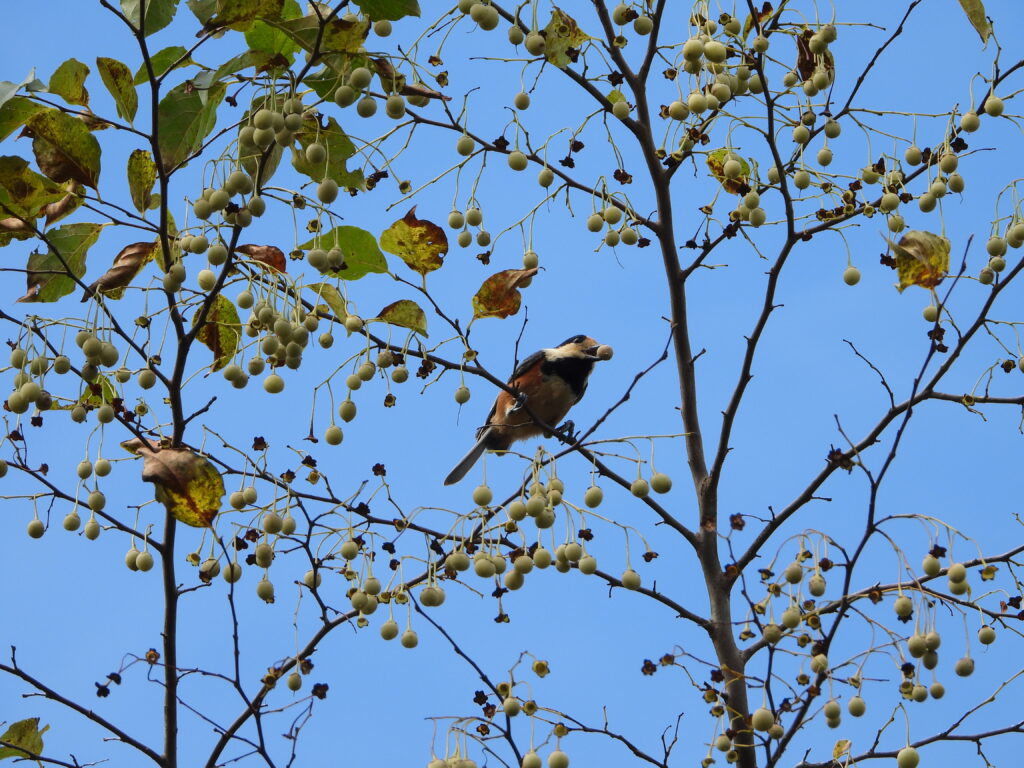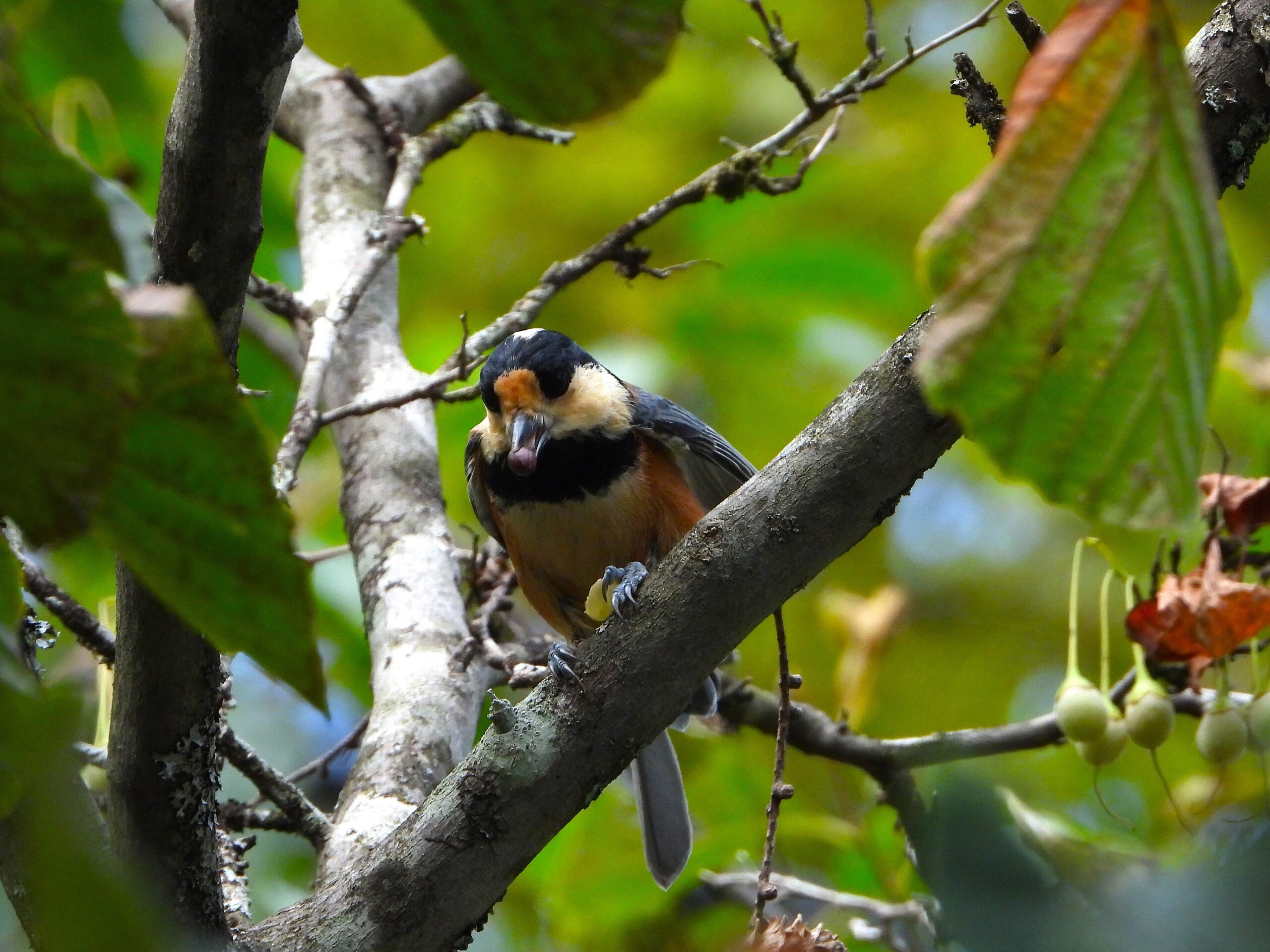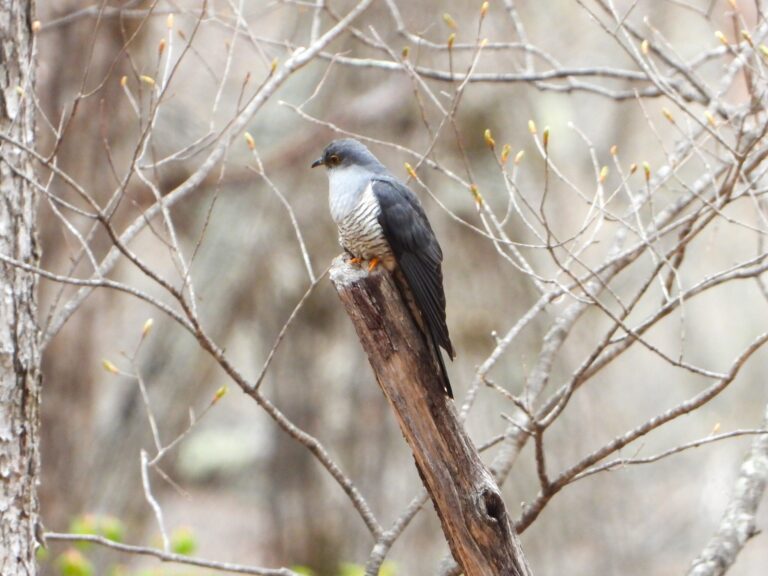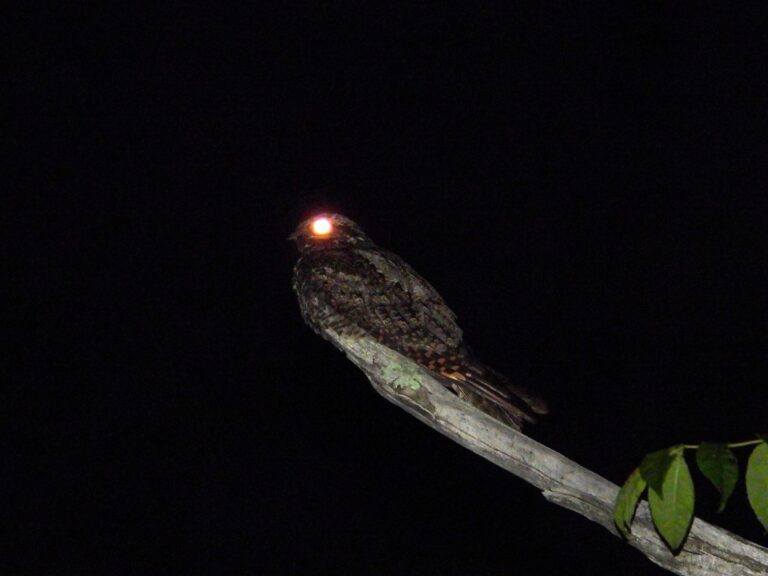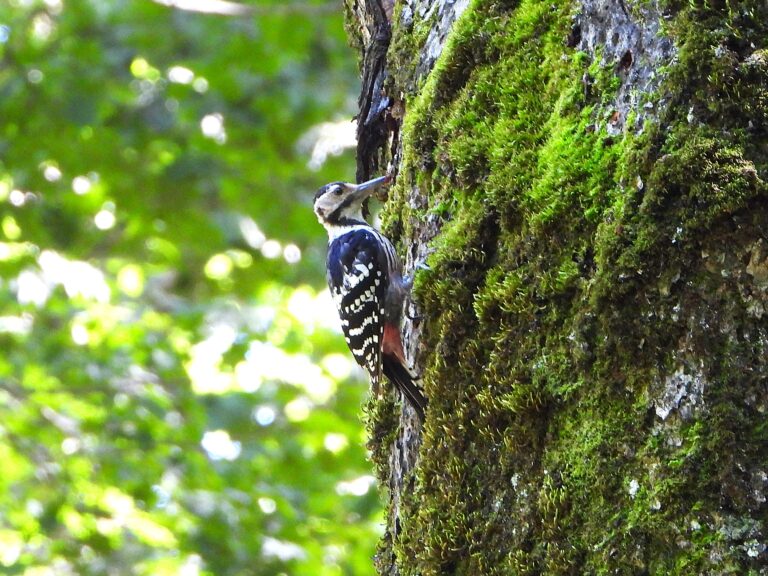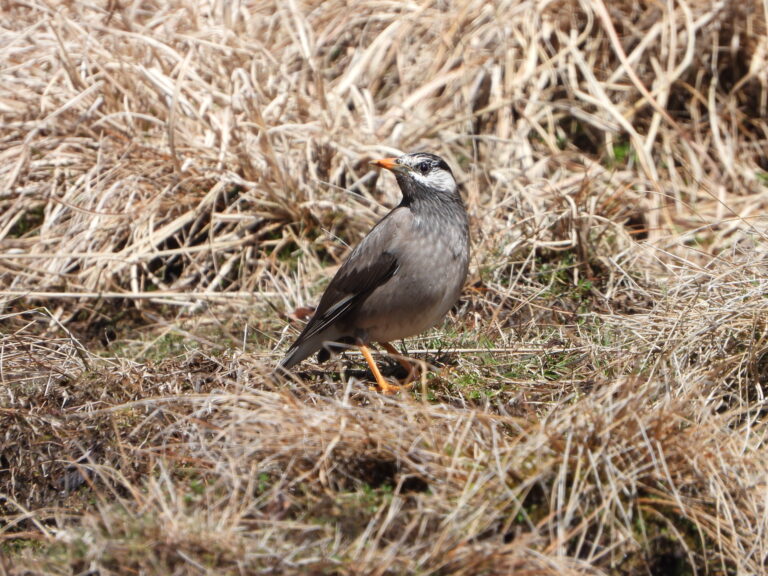Varied Tit (Sittiparus varius) – Wildlife of Japan
Introduction
The Varied Tit is a small, bold member of the tit family, recognizable by its black head, white cheeks, slate-gray upperparts, and rich chestnut underparts. A year-round resident across much of Japan, it is known for its curious nature and its habit of caching seeds.
Taxonomy & Names
Family: Paridae (tits and chickadees)
Genus: Sittiparus (formerly in Parus)
Japanese name: Yamagara
Appearance
Compact and energetic with a short neck and strong bill. The head shows a black cap and throat with clean white cheeks; the mantle and wings are bluish-gray; the underparts are deep rufous-chestnut. Sexes look similar; juveniles are duller with paler underparts.
Habitat & Distribution
Favors broadleaf and mixed forests, temple and shrine groves, wooded parks, and satoyama. In Japan it occurs from Hokkaido through Honshu, Shikoku, and Kyushu. Mostly resident, with local movements following food availability.
Where to See in Japan
Common in wooded parks and shrine groves from Hokkaido southward, as well as low mountain forests and suburban greenbelts. Listen for sharp, ringing calls and watch oak stands and Egonoki (Japanese snowbell) trees when in fruit.
Behavior
Active, acrobatic, and inquisitive—often hanging upside down to probe twigs and cones. Outside the breeding season it joins mixed-species flocks. Notable for scatter-hoarding: it stores seeds in bark crevices and leaf litter to eat later.
Diet
Feeds on insects and spiders in spring and summer, and on seeds and nuts, especially acorns, in autumn and winter. Particularly fond of the fruits of the Japanese snowbell (Styrax japonicus, called Egonoki in Japanese), which it skillfully opens to reach the seeds.
Reproduction
Cavity nester using natural holes, old woodpecker cavities, or nest boxes. The typical clutch is about 5–8 eggs laid from April to June. The female incubates while both parents feed the chicks. Fledging occurs roughly 2–3 weeks after hatching.
Similar Species & ID Tips
The Great Tit lacks the chestnut underside and shows a yellow belly with a black center stripe and a greenish back. Marsh and Willow Tits are plainer brown-gray birds with no chestnut below. The Varied Tit’s tri-color pattern—black head, white cheeks, and chestnut underparts—is unique in Japan.
Conservation
Global status: Least Concern. Generally common and adaptable in Japan, though the loss of old trees can reduce nesting sites. Retaining mature trees and installing nest boxes are beneficial for the species.
Author’s Impression
Few birds feel as personable as the Varied Tit. Watching one hammer an acorn against bark, then pause to look back, is a small piece of forest theater that never gets old. They are especially fond of Egonoki fruits—if you want to photograph them, finding an Egonoki tree is a smart tactic. When I waited quietly beside one, a small flock arrived and busied themselves among the branches—an unforgettable scene.
